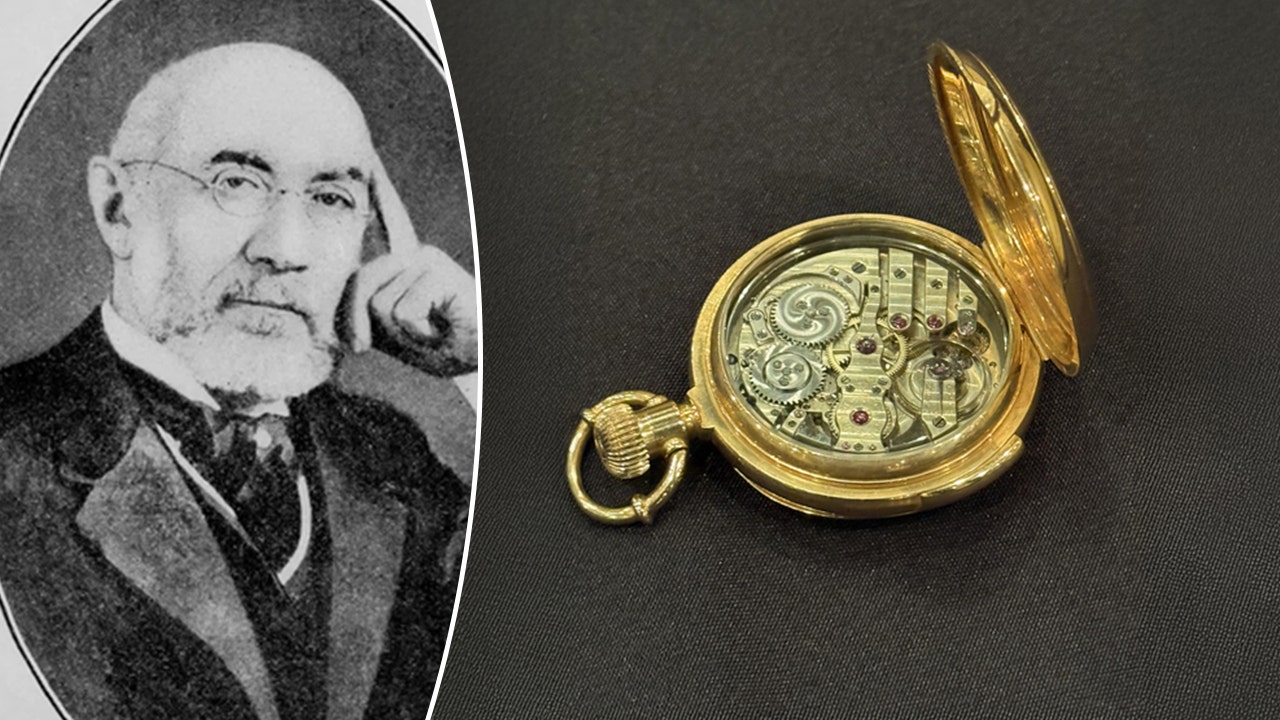Gewehr 88 & the Birth of the 8mm Mauser

When most shooters hear the phrase “8mm Mauser,” they typically picture the Mauser 98. But the cartridge, and an important chapter of German small-arms history, began earlier with the Gewehr 88 Commission Rifle. I grew up paging through my father’s old gun magazines and books, and the Gewehr 88’s unusual silhouette always stuck with me.
Almost 10 years ago, I finally bought one: a cleaned, converted 1888 Commission Rifle from a friend’s late father’s collection. Handling it and digging into its past (Paul Scalata’s book A Collector’s Guide to the German Gew. 88 Commission Rifle was especially helpful) revealed there was more to the 88 than I realized.
The 8mm “Mauser” Cartridge
The story of the Gewehr 88 really starts with ammunition. After France stunned Europe by fielding the Lebel Model 1886 and its new 8×51mmR smokeless cartridge, Germany’s Gewehr-Prüfungskommission (G.P.K.), or rifle testing commission, raced to respond.
Drawing from the French example and Swiss Major Eduard Rubin’s work on rimless, bottleneck cartridges, German designers produced the Patrone 88 (M/88), It was a small bore, high velocity round firing a 226 grain, round nosed full metal jacket at about 2,067 fps. This was a big departure from Germany’s older, large-bore blackpowder 11×60mmR Mauser rounds and allowed a modern repeating rifle to be fielded.

The M/88 served until 1905, when the 7.92×57mm S Patrone cartridge superseded it. The S round featured a pointed, 154-grain spitzer that flew roughly 2,936 fps and offered a much flatter trajectory.
That newer round would later become forever associated with the Mauser 98. It served under many names, 8×57, 8mm Mauser, 7.92×57, and others, despite Mauser not being its originator.

The Model 1888 Commission Rifle
With the M/88 cartridge in hand, the G.P.K. needed a rifle to shoot it. They examined existing designs, including the Mauser M71/84, the Lebel 1886, the Remington-Lee, and Mannlicher M.86. The commission assembled a rifle that borrowed what the Germans liked while adding original touches. The adopted Infanterie-Gewehr 88 combined a split bridge receiver with a straight-handled, cock-on-opening bolt and a rotating bolt head.
The barrel essentially copied the Lebel profile, and the rifle used a 5-round Mannlicher en-bloc clip fed through the top. Empty clips were ejected through a slot in the magazine floor. Stocks were long, straight, walnut. The rifle’s most distinctive visual trait was a sheet metal barrel shroud that gave the gun a fat, “bull-barreled” look. It was officially accepted into service on November 20, 1888, by Kaiser Wilhelm II.

That barrel shroud wasn’t just a cosmetic feature. Earlier Mauser 71/84 rifles had accuracy troubles, so the G.P.K. designed the shroud to free float the barrel and reduce the effects of heat, vibration, and stock swelling.
The barrel was held by two bands. The front band carried a side bayonet lug, and a screw-in cleaning rod lived under the barrel. Production began quickly. Between 1888 and 1899, roughly 1.9 million Gewehr 88s were built at Loewe, Haenel, Steyr-Mannlicher, and at the Imperial arsenals at Amberg, Danzig, Erfurt, and Spandau.

Service Issues and the Push to Replace it
Despite production numbers and rapid adoption, the Gewehr 88 fell short of expectations in service. Troops encountered double feeds, gas blowback from ruptured and split cases, ruptured barrels, and excessive barrel wear. German authorities tried numerous fixes. Bolt modifications, higher quality barrels, deeper rifling, and better solvents.
However, by the mid-1890s, the War Ministry acknowledged that the 88 hadn’t met their goals. The search for a replacement culminated in the adoption of the Mauser-designed Gewehr 98 in 1898. Following the 1905 introduction of the 7.92×57mm S round, many 98 rifles were reworked or newly produced to accommodate that cartridge.

Converting the 88: the 88/05 and 88/14
Germany still had millions of Gewehr 88s on hand. Many of those were also converted to take the newer S Patrone round. The basic conversion involved reaming chambers to the new dimensions and re-marking rear sights. An “S” was stamped above the chamber to show the change. In 1905, a more extensive conversion produced the Infanterie Gewehr 88/05.
The Mannlicher en bloc system was abandoned in favor of a stripper clip guide riveted to the split bridge receiver. A receiver face cut was made to clear pointed spitzer bullets, and a thumb clearance cut was added to the left receiver wall. The magazine and follower were modified to feed loose rounds. The ejection hole in the magazine floor was covered with a stamped sheet metal cover. About 350,000 rifles became 88/05s.

In 1915 an additional 75,000 were converted to the 88/14 standard. They achieved similar functionality by welding stripper guides to the receiver bridge and making other minor wartime simplifications. The wartime conversions had rougher finishes than prewar 88/05s, and 88/14 examples are rarer in the U.S. Both the 88/05 and 88/14 remained in German service through World War I.
A Global Afterlife
Far from being limited to Germany, the Gewehr 88 family saw wide international use. Austria, Brazil, South Africa, and many countries in Latin America and Europe have adopted it. Britain and Ireland used examples for Home Guard units. China was a major user and even copied the design at the Hanyang Arsenal.
Turkey received some 142,000 Model 88/05 rifles from Germany during WWI. Many were refurbished by fitting new .323-inch barrels to better suit the S Patrone cartridge. The Gew 88’s military life spanned over half a century. Chinese examples still turned up in combat as late as the Korean War in the 1950s. Many 88s still remain scattered around the globe today.

My 88/05: A Turked Danzig
My rifle appears to be one of the 88/05s sent to Turkey. It was built at the Danzig Arsenal in 1891. This specimen shows the telltale S over the chamber, stripper clip guides, thumb cut, and a modified magazine with the stamped sheet-metal cover. The rear sight is stamped in Arabic characters, and a crescent moon marks the bolt handle. Serial numbers on the parts are a mismatched jumble. That’s typical of rifles that cycled through Turkish arsenals. There is a plethora of proof stamps showing it was worked on repeatedly.
The walnut stock on my rifle is actually in pretty good shape, considering it’s 134 years old. It was rather black when I got it, but an application of wood stripper cleaned out a century’s worth of grime. A couple of fresh coats of linseed oil brought it back nicely without destroying any cartouches. It has some honest wear and handling, but that’s simply part of its character. It’s an indication of some of what the old horse has seen over the years.
The action is silky, the trigger breaks crisply after some take-up. My 88’s bore is bright with good rifling. It was likely rebarreled by the Turks during service. Everything functioned properly, so it was time to see whether it shot as well as it looked.

Shooting an Old Warhorse: Precautions and Experience
These rifles are well over a century old, so common sense is mandatory. I recommend a gunsmith inspection to verify the safety of the firearm before firing. You’ll also want to know whether your rifle is a converted 88/05 (look for the S over the chamber). Bore diameters can vary. Research and my own slugging showed sizes from .318 to .323.
My rifle slugged out to about .323, so match bullets or loads to your bore and favor moderate pressures. If you reload, pick bullets to suit your bore. If not, choose factory loads on the lower pressure side. Surplus 8mm can vary widely. Much of it is hot, so be cautious. For my range work, I chose 150-grain Romanian surplus 8mm. It’s a lighter, lower-pressure option many 88/05 shooters favor.

On a warm summer day at the range, the old Danzig 88/05 revealed itself as a pleasant shooter. The cock on opening bolt is smooth, and feeding with stripper clips is fast. Recoil with the Romanian ammo was tolerable. The sights are rudimentary. A thin rear notch paired with a chunky triangular front post. We placed a full-sized silhouette at 100 yards to allow for typical battle rifle sighting.
From a Caldwell rest, I saw typical groups of 3 to 5 inches. Three of five rounds were often well inside 2 inches, with the last two opening the group. I suspect shooter error and the crude sights were the culprit more than the rifle. The trigger, after its military take-up, broke crisply at roughly four and a half pounds. The operation was flawless during our session.

The Gew 88 Soldiers On
The Gewehr 88 and its 88/05 descendants occupy an important place in firearms history. It was the first German smokeless powder rifle, and the original platform for the cartridge that evolved into the famed 8mm Mauser.
Despite early service problems, the design served dozens of nations for decades. To collectors, the 88 is more than an oddball wall hanger. With proper care, knowledgeable ammo selection, and respect for its age, an 88/05 can still be a rewarding gun to shoot.
Read the full article here









